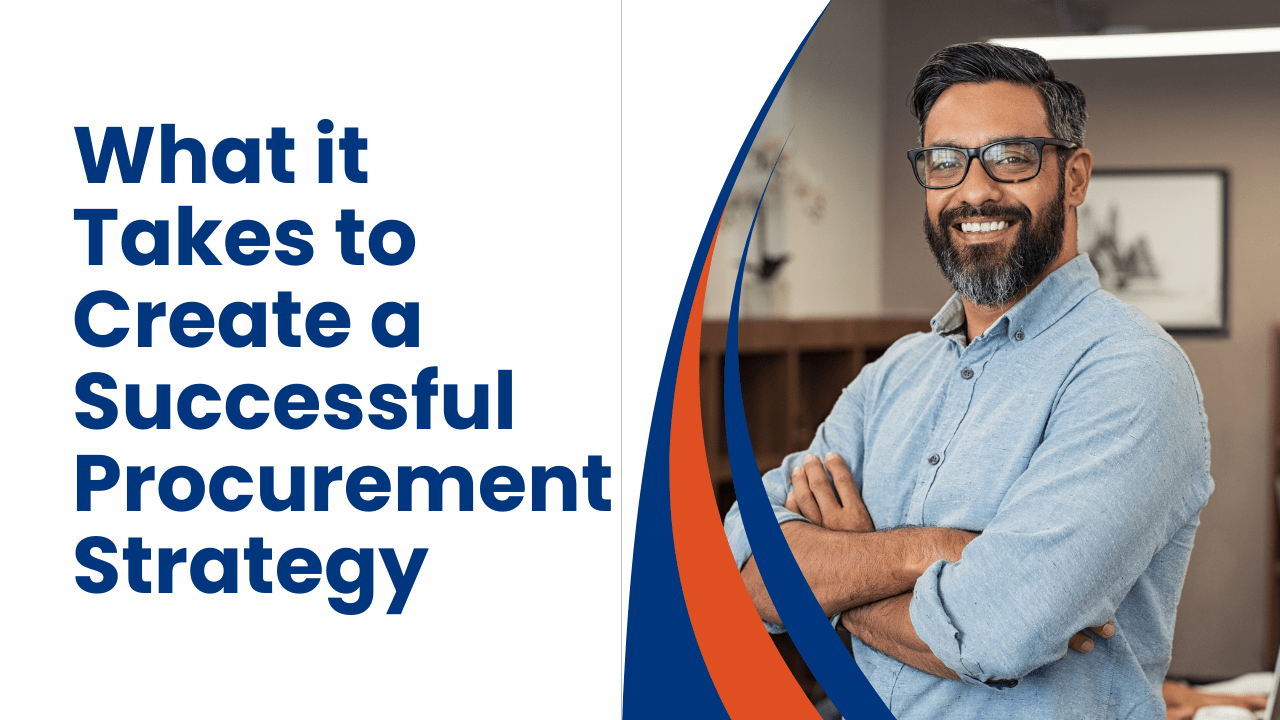Strategy. A complex word that holds different permutations and combinations for different businesses at different levels. But the distillation of this word boils down to another, simple yet powerful word: success.
Doesn’t matter if you are running a small retail shop or a large conglomerate, strategy is what will help you standout and differentiate yourself. Needless to say, a good strategy plays a critical role and many times it is also the secret sausage for improved cash flows in the business, retail or industry.
In this blog, we will take a look at what it takes to build a rather good procurement strategy for your retail business.
1) Analyse your organisational (retail business) spends
Assessing your current spending patterns will definitely help you shape up your procurement strategies. Needless to say, analysing spending patterns is a crucial step in optimising procurement strategies. By gathering data from internal stakeholders and suppliers, coupled with the use of tools like total cost of ownership (TCO), businesses can gain valuable insights into hidden costs and inform strategic decision-making. This data-driven approach ensures that procurement aligns with overall business objectives and contributes to cost-effective operations.
2) Strictly determine your business needs
Understanding your product and stocking requirements is a cornerstone of effective procurement strategy. By conducting a thorough analysis of your inventory data, you can gain valuable insights into demand patterns, consumption rates, and product life cycles. This information enables you to align your procurement activities with broader business objectives, ensuring that your inventory levels are optimised to meet customer needs while minimising costs and reducing the risk of stockouts or excess stock.
3) Before taking any step try and assess market conditions
Evaluating external factors such as supply markets and conditions is a very basic yet very important business need. To do this, you can rely on techniques like Porter’s Five Forces analysis and SCOPE analysis aid in understanding the market dynamics. Setting clear and measurable objectives is crucial for effective procurement. By aligning procurement goals with specific business needs, organisations can prioritise initiatives that have the greatest impact on their bottom line. This strategic approach ensures that resources are allocated efficiently and that procurement efforts are focused on driving value for the business.
4) Redefine procurement policies for retail business
It is very important to develop a clear procurement policy and if required work on it, rework on it again and again. Your aim should be to build transparency and mitigate business risk with the policy. To do this, you can adapt existing policy templates while incorporating fair practices and remedies for violations that foster a healthy procurement environment.
5) Develop, execute, manage and build a digital procurement strategy
Embracing digital transformation is essential for modern procurement. By leveraging data and insights, organisations can optimise their technology, processes, and talent to achieve greater efficiency and agility. Prioritising digital initiatives empowers procurement teams to make data-driven decisions, streamline workflows, and foster a more strategic approach to sourcing and supplier management.
Also, cross-functional teams must work together to implement and refine the strategy, ensuring it aligns with broader business objectives. Tracking performance metrics and gathering feedback allows for continuous improvement and adaptation to evolving market dynamics. This proactive approach ensures that the digital procurement strategy remains effective in supporting the retail business’ growth and success.
In a nutshell
Crafting a successful procurement strategy requires a multifaceted approach that encompasses various elements. By understanding your organisation’s specific needs, setting clear objectives, fostering collaboration, and leveraging technology, you can optimise your procurement processes and drive significant value for your business. Remember, a well-executed procurement strategy is not a one-time event but an ongoing process that requires continuous evaluation and adaptation to meet the evolving needs of your retail business.
Add Your Heading Text Here
Q1) What are the four essential elements of a good procurement strategy?
The four highly important elements of a procurement strategy is supplier management, risk management, cost management and supplier diversity. Working on these can seriously elevate your business.
Q2) What are the 3 P’s of procurement?
The 3 P’s of procurement are People, process, and paperwork.
Q3) What are the four pillars of retail procurement?
The four pillars of procurement are spend analysis, strategic sourcing, contract management, and supplier relationship management.



